
Hair Colour
WHAT SUITS YOU
Understanding hair color graduation
Did you know your hair graduates in colour and tone? Your natural growing hair has a colour gradation of highlights and grey percentages, generally growing darkest in the back, eventually lightening toward the front, or “the frame” of your face. If you have grey hair, the highest percentage of grey is found around your temples and the face frame. Some say it’s nature’s way of softening our wrinkles when we age.
Grey percentages are the amount of grey hair in your system vs. another colour (i.e. 60% brown hair/40% grey hair) and can play a crucial part in achieving an age-appropriate colour appearance.
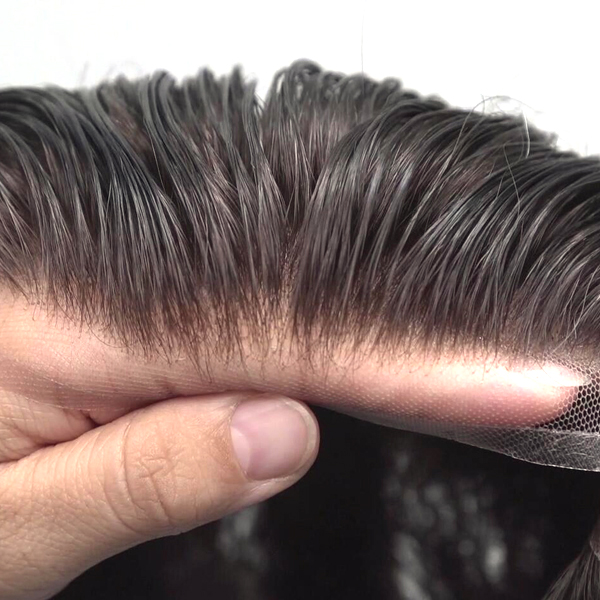
Think Synthetic grey for added realism
We normally recommend using human hair for the most natural appearance, but you’ll always have a choice between human and synthetic hair for your hair replacement system. In fact, if you’re thinking of adding grey to your system, a combination of human and synthetic hair may be the way to go.
Human hair systems will reflect light better than synthetic hair and look more natural in sunlight. It’s real hair, after all! But why synthetic hair for adding a touch of grey?
Remember that synthetic hair can’t be coloured as easily as human hair and that human hair is prone to colour fading. So having a dual human/synthetic hair system allows you to colour correct the human hair in your system without changing the grey percentage hair in your system.
Problem:
You have both human brown and grey hair in your system. You hit the beach all summer and notice that your hair colour has faded from the sun. With an all-human, brown/ grey hair system, you can’t colour correct the brown without colouring the grey. And vice-versa.
Solution:
Use colour-resistant synthetic grey for a realistic grey percentage and you can colour the brown hair without damage to the grey strands!
The Two Most Popular Options for Getting a Natural Color Match Every Time
If all of this colour talk seems, a bit much, don’t fret!
There are two surefire ways to help us match the hair system colour that’s right for you.
Take samples directly from your own growing hair
Option #1 Take a Sample Of Your Growing Hair (Best Option)
Why is this the best option? Because nothing beats natural, obviously.
Your natural hair will allow us to match your true colour graduation from the source!
For best results, plan to take samples from 3-6 areas:
– Back: The centre of the back of your head
– Sides 1-2″ above the top of your ear
– Temples: The front sides of your hair
– Crown: The back, top of your head
– Top: The front, top of your head
– Front: At the hairline or bang area
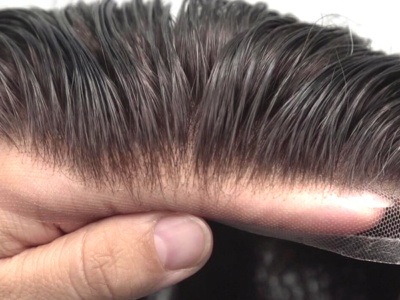
Taking a good hair sample is easy but it’s important to give your hair replacement consultant enough to work with! Each sample must consist of approximately 100-200 hairs and be about 2-3″ in length (or about 1/2 the amount of hair in one of the swatches on a colour ring).
NOTE: Do not cover your hair samples with tape. Even clear tape will alter true light reflection and throw off-colour accuracy. Also, random clippings won’t work! Light reflects differently on tiny clippings so the colour can appear different.
Hint:
The process of taking hair samples is getting simpler. We’re developing and testing new methods for colour matching every day. Soon, it will be possible to match your natural colour graduation using just one sample taken from the back of your head!
Option #2: Use a Color Ring to Choose Your Color
Taking a razor to your hair not appealing to you? Our ring of natural hair contains 100 to 150 pre-blended colour swatches. All you need to do is choose the colours that best match your growing hair.
Choosing from a colour ring is simple:
– Pick the closest three to five colour swatches from the hair system colouring
– Through the process of elimination, choose the proper colour swatch that best matches your own growing hair
Did you know that not all colour rings are created equal? That’s right. You may have a colour ring from another hair replacement company, but that won’t work for choosing the colour of your system to us. From colours to swatch coding, everything is different. When choosing your colour, be sure to use the Colour Swatch Chart provided.
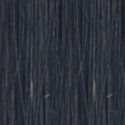
#1

#1A

#1B
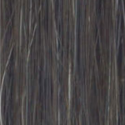
#1B10
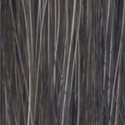
#1B20

#1B40

#2
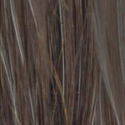
#210
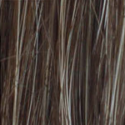
#220

#240
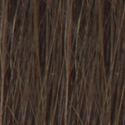
#3
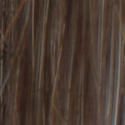
#310
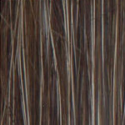
#320
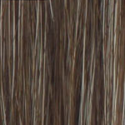
#340
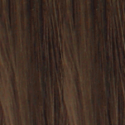
#4

#410
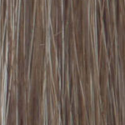
#420

#4ASH
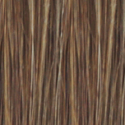
#5

#6
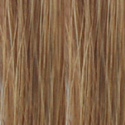
#7
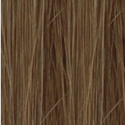
#7ASH

#18

#22
Choose your colour in natural sunlight
The sun has long been the Jekyll and Hyde in the colour of every hairpiece.
The Upside: Have you ever pulled a suit out of the closet thinking it was black, only to get outside and realize it was actually navy blue? That’s natural sunlight for you. It reveals all. And when it comes to picking the perfect hue for your hair replacement system, that big mass of hydrogen and helium in the sky will be your friend.
The Downside: As good as the sun is at helping you choose the right colour for your hair system, it’s just as good at stripping that colour away. It’s called oxidation.


Oxidation: The Number One Threat to Hair System Colour
Okay, now that you’ve figured out this hair colour matching and sample taking, it’s time to start thinking about maintaining your hair system colour. Remember when we discussed how human hair systems fade over time when exposed to the sun? That process is called oxidation (A chemical reaction that fades the colour of your hair when it’s exposed to UV light.) It does more damage to your system than almost any other natural element.
In a perfect world, oxidation wouldn’t exist, hair system maintenance wouldn’t be needed, and your hair replacement would always look as great as it did when it was first attached. However, in the battle of appearance vs. durability, something has to give. This means your hair system will begin showing signs of wear after a short period of time.
The great news is that you can minimize this damage and keep your system looking its best with a variety of oxidation-fighting hair system products.
